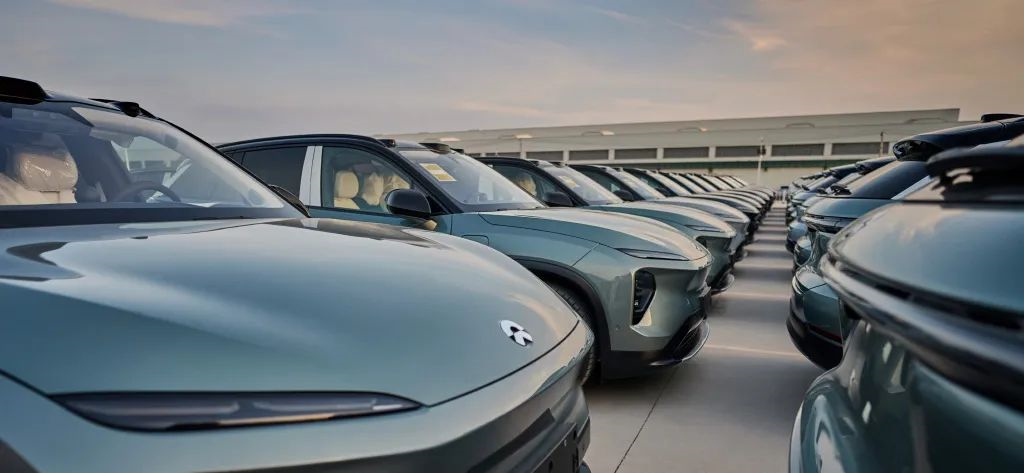Author: Michelin, Rezz
“ET5’s monthly sales may exceed ten thousand.” Just before the ET5 opens for pre-orders, Li Bin spoke fiercely.
On the afternoon of September 7th, NIO announced its Q2 financial report, with revenue growing for nine consecutive months, hitting a historical high, while gross profit margin returned to that of two years ago overnight. Perhaps after struggling through the low point at the beginning of the year, this financial report helped NIO win some confidence back. During the earnings call, Li Bin announced the above target and gave expectations for the next half of the year: deliver 100,000 vehicles in the six months of the second half of 2022.
That sentence fully met everyone’s expectations.
More earned, more spent
The first half of the year was not easy for NIO, with the pandemic, battery price increases, and the transition between old and new vehicle models, resulting in a period of pain for NIO.
In Q2, NIO delivered 25,059 vehicles, a year-over-year growth of 14.4%. For four consecutive quarters, NIO’s deliveries have remained stable at around 25,000 vehicles, suggesting bottlenecks caused by the old vehicle models and factories. It is reasonable for NIO to launch new vehicle models, product upgrades, and expand new factories intensively this year.

In the months of April to June, NIO delivered 5,074, 7,024, and 12,961 vehicles, respectively. We can see that after the supply chain pressure brought by the pandemic in April and May was relieved, the accumulated orders were explosively released in June, almost reaching 13,000 units.
In Q2, revenue hit a new high, finally surpassing 10 billion yuan and reaching 10.29 billion yuan, which represents a 21.8% YoY growth. It also increased 3.8% from last month’s 9.91 billion yuan. This is the first revenue-generating ability of new energy vehicle manufacturers.
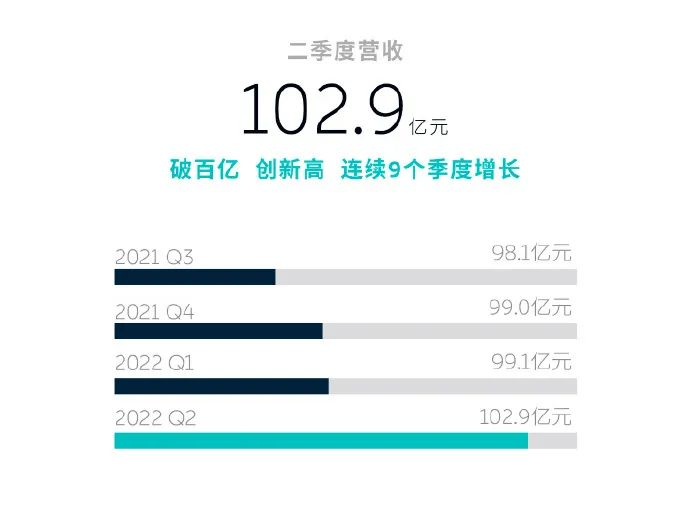
Although the average monthly delivery volume is 8,353 and it has not exceeded ten thousand units per month, NIO can still compete with high-end pure electric vehicles that have been newly launched in 2022, thanks to its three old models- ES8, ES6, and EC6. This shows that the appeal of the NIO brand still exists. Meanwhile, driven by the large-scale delivery of ET7 in July and August, NIO’s delivery volume in the recent three months finally returned to the level of 10,000+.At the end of August, ES7 and the 2022 model of 886 will be delivered successively, and ET5 will start delivery at the end of September. These four months at the end of the year are the highlight of NIO’s sales this year. Therefore, NIO has given bold predictions for the third quarter and the second half of the year: deliver 31,000 to 33,000 vehicles in the third quarter, and deliver 100,000 vehicles in the second half of the year.

Since ET5 will not start delivery until the end of September or early October, the delivery data of more than 30,000 vehicles can only be completed by the old 866 and the new “77”. Based on the data of July and August, it can be estimated that NIO’s deliveries in September will be about 11,300 vehicles. Considering that the ES7, another strong player, only started delivery on August 28th, this number is a very conservative estimate for the third quarter.
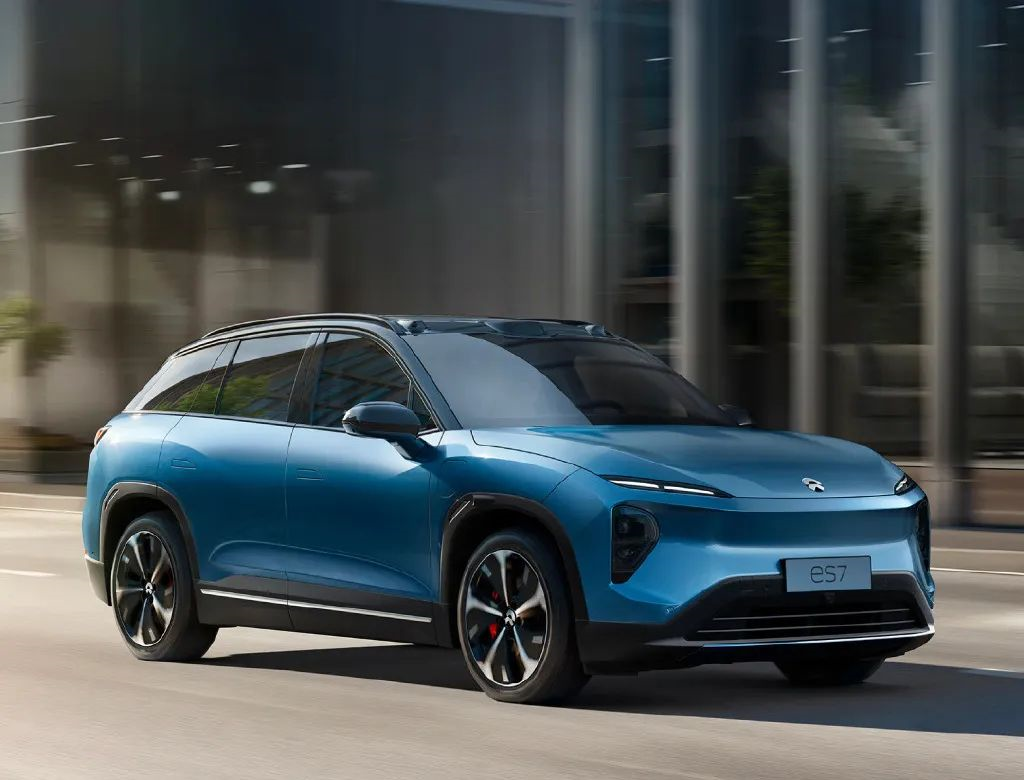
While revenue has increased for nine consecutive quarters, another aspect of the data is not so optimistic.
In the second quarter, the loss was 2.7575 billion yuan, an increase of 369.6% from the second quarter of 2021 and an increase of 54.7% from the first quarter of 2022. If divided by the delivery volume in the second quarter, you will find that the loss per vehicle is 110,000 yuan, far exceeding the vehicle loss per vehicle of Xpeng at 78,000 yuan and Ideal at 22,000 yuan.
This has also caused NIO’s gross profit margin per vehicle to decrease from 18.1% in the previous quarter to 16.7% in this quarter. This is based on two price increases in the first half of the year and ET7’s higher-profit sales combination. Apart from the common industry reason of rising battery prices, the gradually expanding investment in the energy supplementation network and service network is also responsible for it.
NIO’s golden card of battery swapping and service is ultimately difficult to flatten the cost through scale, which is also the main reason why NIO is criticized for “losing more as they sell more”. Therefore, during this conference call, Li Bin proposed the continuous streamlining of SGA sales and management costs, which is similar to what Apple CEO Cook and Tesla CEO Musk are learning from. Continuous growth in R&D expenses and streamlined sales and management costs will be the main theme of finance in the future, striving to reduce the burden and make NIO live more easily before the arrival of the NT 3.0 platform.
Can ET5 become a trump card?For NIO and potential consumers, the most anticipated model this year may be the ET5. As a market exploring model of NIO, not only did Li Bin set the goal of “monthly sales breaking ten thousand”, but recently, NIO CEO Qin Lihong also said at the Chengdu Auto Show: within a year, the sales volume will exceed BMW 3 Series and the average monthly sales will be 12,000.
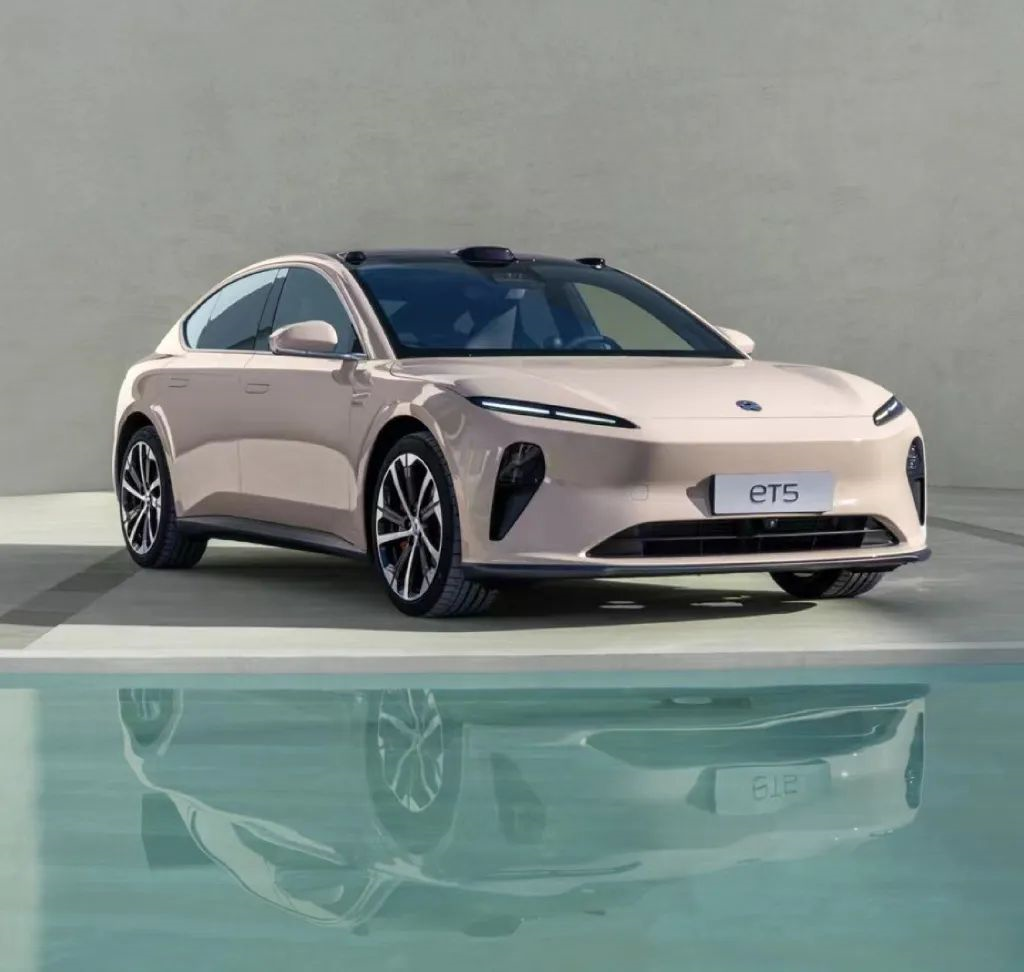
With a price of 320,000 yuan, ET5 is compared with NIO’s average single vehicle transaction price of 420,000 yuan, as well as the intelligent driving NOP+ with super hardware and computing power assisted by NIO NT 2.0 platform, more refined interior and texture, and the brand’s own energy supplement and service system. This indeed makes ET5 have the potential to become a hot-selling model. The responsibility for NIO’s delivery volume in the second half of the year also falls on ET5.
This means that the time for ET5 to break ten thousand monthly sales volume, which can only begin to be delivered on September 30, is only the last three months of the fourth quarter. The second factory of Hefei New Bridge, which is specifically used to produce ET5, began to be put into operation from the third quarter. Without considering the order reserve, how ET5 copes with a series of problems such as the climbing of new factory production capacity, unstable supply chain, etc., really makes people worry.
It can be said that ET5 is a model with excellent product power as a pre-emptive hot-selling model, but whether it can become a trump card in NIO’s hand depends more on NIO’s own production and service systems. This is also the necessary path for NIO to move forward.

Plans and Challenges in the Second Half Year
During the financial report conference call, more than one person asked about the supply-side challenges.
For NIO, which has just experienced the pain of the transition between old and new models, the remaining four months will face the situation of simultaneous delivery of six models — ET7 that has already been delivered, ES7 and 2022 “866” that will start delivery at the end of August, and ET5 that will start delivery at the end of September.
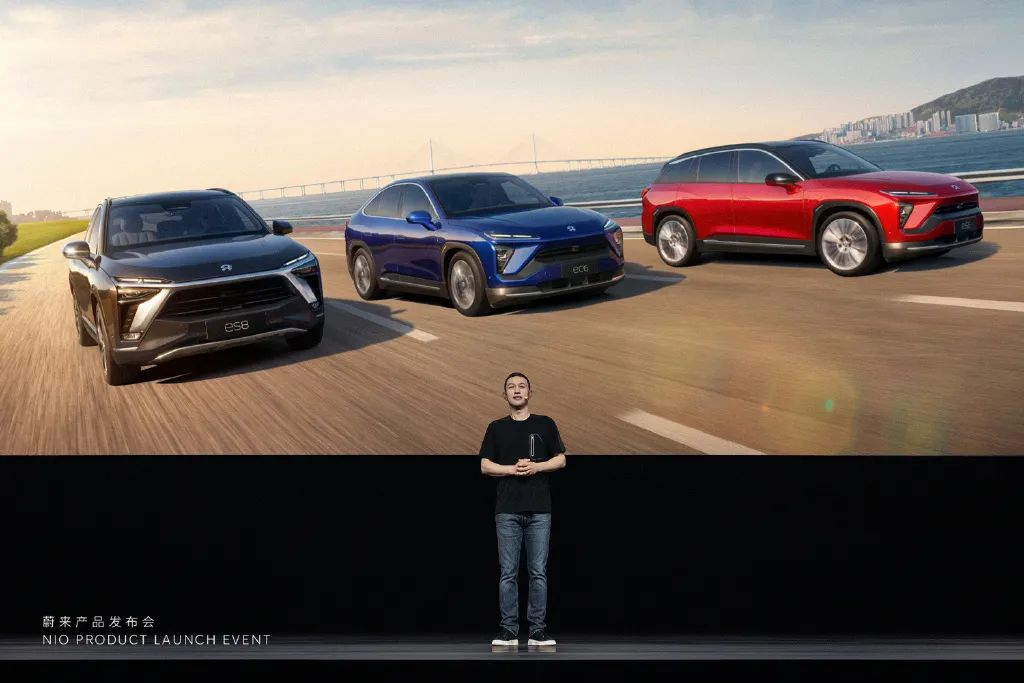
This is not only a scale never experienced before by NIO, but also a challenge never experienced before by any new energy vehicle company after expanding its product volume. The challenge to the production, sales, and service systems is unprecedented.During the first half of the year, NIO’s delivery volume was significantly impacted by production capacity issues, including the COVID-19 shutdown and shortages in chips, battery cells, and castings. At the internal communication meeting held in July, Li Bin even publicly appealed to the suppliers to “please hold on!”.
It’s no wonder that the casting supplier issued a statement not long ago, saying that jointly designed and developed integrated casting products are expected to enter the ramp-up production stage in the third quarter.
In addition to supply chain issues, the timing of when the newly unveiled brand will be revealed is also a concern. NIO responded by stating that the new mass market brand will be built on the NT 3.0 platform, and NIO’s next-generation products will also be based on the next-generation NT 3.0 platform. Both the main and subsidiary brands of NIO will use the NT3.0 technology in their vehicles. It seems that the timing of the new platform launch may depend on the progress of NT3.0’s development.
Regarding the repeatedly teased 150-degree battery, it is currently in the “verification” stage. The previously revealed launch date by year-end will be “delayed by a few months.”
Inadvertently or not, NIO has passed through the awkward period of transition between the old and the new. Meanwhile, Ideal and XPeng, both being among the top three new forces in the Chinese electric vehicle market, also experienced growing pains during August. It seems that this is a challenge that every new EV automaker needs to overcome.
For NIO, the “most difficult” stage has passed, and they have entered the last four months of new product predominance. However, challenges remain daunting, including supply chain uncertainties, increasingly fierce competition in the high-end new energy market, and capital chasing profitability – all of which NIO must tackle in order to reclaim its place at the top of the new forces.
This article is a translation by ChatGPT of a Chinese report from 42HOW. If you have any questions about it, please email bd@42how.com.
